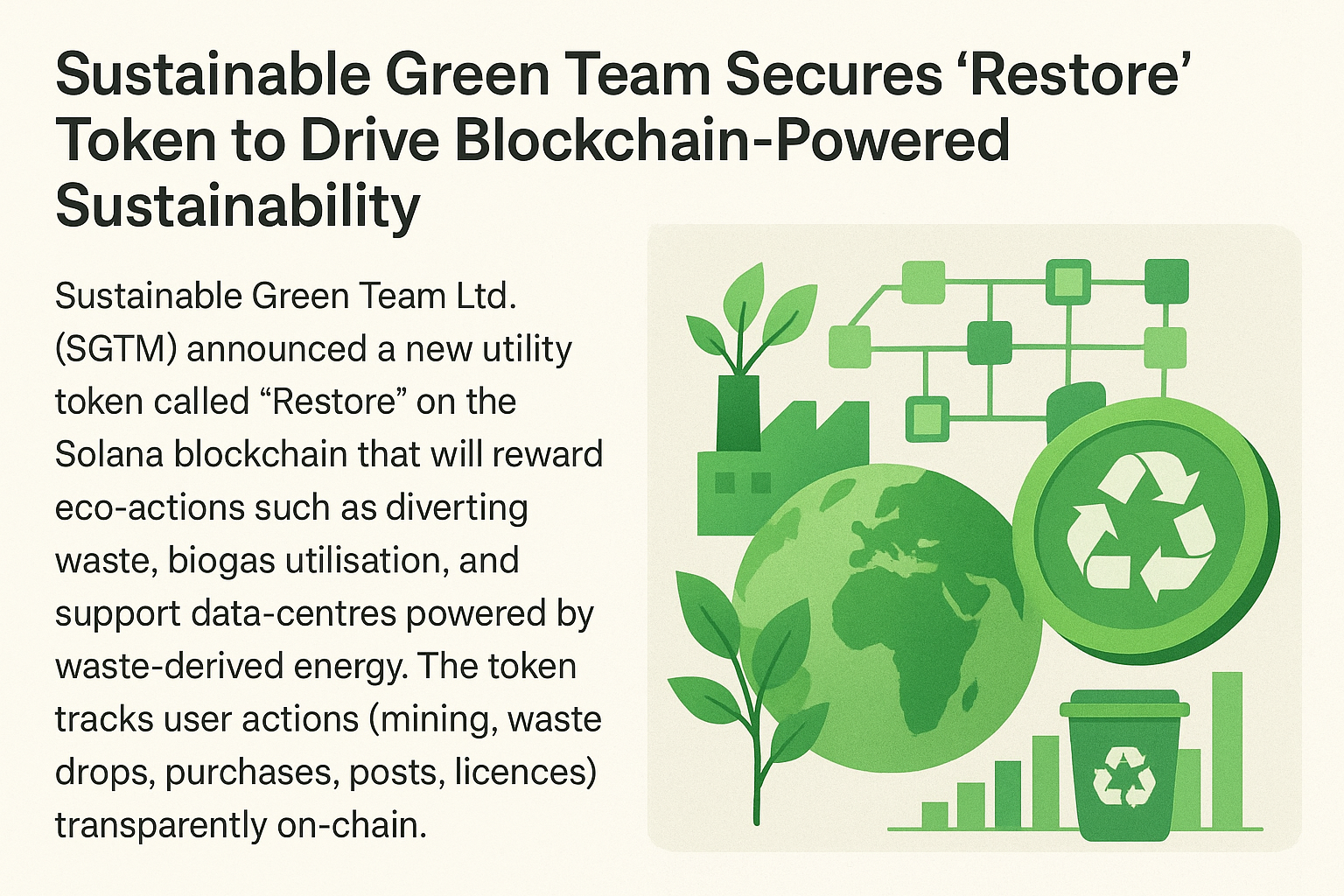Tokenization has emerged as a revolutionary concept, promising to reshape financial markets by digitizing real-world assets and making them accessible on shared ledgers. By enabling fractional ownership and increasing liquidity, tokenization offers the allure of a more efficient and inclusive financial system. However, beneath the surface of these opportunities lie significant risks that could undermine its potential. Let’s explore the darker side of tokenization and its implications for investors and the broader financial ecosystem.
Volatility in the Crypto Market
One of the most glaring issues associated with tokenization is its inherent reliance on the volatile crypto market. Tokens representing real-world assets are often traded on cryptocurrency exchanges, where price fluctuations can be extreme. Unlike traditional financial markets, crypto markets operate 24/7, often amplifying volatility. Investors in tokenized assets could face significant losses due to abrupt market downturns, driven by speculative trading or broader economic instability. This unpredictability poses a significant barrier to the widespread adoption of tokenized financial systems.
High Leverage and Risk Amplification
Tokenized assets often attract speculative investors seeking high returns, which, in turn, fuels the use of leverage. High leverage can amplify gains but also magnifies losses, creating systemic risks within the financial ecosystem. For instance, a sudden drop in the value of a tokenized asset could trigger a cascade of liquidations, affecting not only individual investors but also the platforms facilitating these trades. Such scenarios mirror the financial instability seen during traditional market crises, underscoring the need for robust risk management frameworks in tokenized markets.
Operational Risks
The transition to a tokenized economy introduces a range of operational challenges. These include the accurate digitization of real-world assets, ensuring compliance with regulatory frameworks, and maintaining transparency in token issuance. Any lapses in these areas could erode trust among investors and stakeholders. Additionally, the lack of standardization across tokenization platforms creates fragmentation, making it difficult to establish interoperability and seamless asset transfers.
Security Vulnerabilities
Public blockchains, often used for tokenization, are not immune to security breaches. Smart contract vulnerabilities, hacking incidents, and phishing attacks are common threats in the crypto space. Once tokenized assets are compromised, recovering them can be nearly impossible, given the immutable nature of blockchain transactions. These security concerns highlight the importance of adopting rigorous security protocols and continuously auditing tokenization platforms to mitigate risks.
Regulatory Uncertainty
While tokenization offers the promise of a borderless financial ecosystem, it also raises questions about jurisdictional oversight and compliance. Governments and regulators are still grappling with how to categorize and regulate tokenized assets, leading to a patchwork of inconsistent rules globally. This regulatory ambiguity creates challenges for both investors and issuers, increasing the risk of non-compliance and legal repercussions.
Tokenization undoubtedly holds transformative potential for financial markets, offering efficiency, accessibility, and innovation. However, the risks associated with this transition cannot be overlooked. Volatility, leverage, operational challenges, security vulnerabilities, and regulatory uncertainty all present formidable obstacles that need to be addressed. For tokenization to realize its promise, stakeholders must prioritize building resilient systems, implementing robust security measures, and fostering regulatory clarity. Only then can the benefits of tokenization outweigh its dark side, paving the way for a more secure and inclusive financial future.




